Understanding the mechanics and components of semi-trailers is crucial for anyone involved in freight transport or the trucking industry. Among these components, the air tank plays a vital role in the functioning of the braking system, suspension, and overall performance of the semi-trailer. In this detailed article, we will explore the location of the semi-trailer air tank, its functionality, maintenance tips, and common issues, along with practical solutions.
Table of Contents
- What is a Semi-Trailer Air Tank?
- Location of the Semi-Trailer Air Tank
- 2.1 Typical Placement
- 2.2 Variations by Design
- Functions of the Air Tank
- Common Issues Associated with Air Tanks
- 4.1 Leaks
- 4.2 Corrosion
- 4.3 Pressure Loss
- Maintenance Tips for Semi-Trailer Air Tanks
- 5.1 Regular Inspections
- 5.2 Cleaning Recommendations
- 5.3 Component Checks
- Replacing the Air Tank
- Conclusion
- FAQs
What is a Semi-Trailer Air Tank?
The semi-trailer air tank, often referred to as an air reservoir, is an essential component for pneumatic systems in semi-trailers. Its primary function is to store compressed air, which is vital for operating air brakes, air suspension, and other critical systems. By regulating the distribution of air, the tank ensures that the brakes apply smoothly and effectively, enhancing safety on the road.

Location of the Semi-Trailer Air Tank
Typical Placement
In a standard semi-trailer setup, the air tank is typically mounted on the frame rail, either on the left or right side. This placement allows for easy access for maintenance while ensuring that it does not interfere with other components. The location is also advantageous for weight distribution, which is crucial for vehicle stability.
Variations by Design
While most air tanks are located on the side of the trailer, some designs may vary, particularly in custom trailers or specialized vehicles. In these cases, it is not uncommon to find air tanks mounted in different configurations, such as under the trailer bed or even within compartments designed for storage.
Comparison of Air Tank Locations
| Design Type | Air Tank Location | Advantages | Disadvantages |
|---|---|---|---|
| Standard Semi | Side of Frame Rail | Easy access for maintenance | Potential exposure to road debris |
| Custom Trailers | Underneath/Storage Compartment | Optimizes space, protects tank | Harder to access for maintenance |

Functions of the Air Tank
The semi-trailer air tank serves multiple functions:
- Braking System Support: The most critical function is to provide a reservoir of compressed air for the braking system. This allows for immediate brake application when needed.
- Air Suspension System: The tank also contributes to the operation of the air suspension, which enhances ride quality and load stability.
- Pneumatic Systems Power: Many trailers utilize air-powered equipment, such as liftgates or hoppers, which rely on the air stored in these tanks.
Common Issues Associated with Air Tanks
As with any mechanical component, air tanks can encounter problems that may affect their functionality and require immediate attention.
Leaks
Leaks are one of the most common issues encountered with air tanks. They can develop due to wear and tear, corrosion, or physical damage. A leak can lead to pressure loss, which can impair the brake system’s effectiveness.
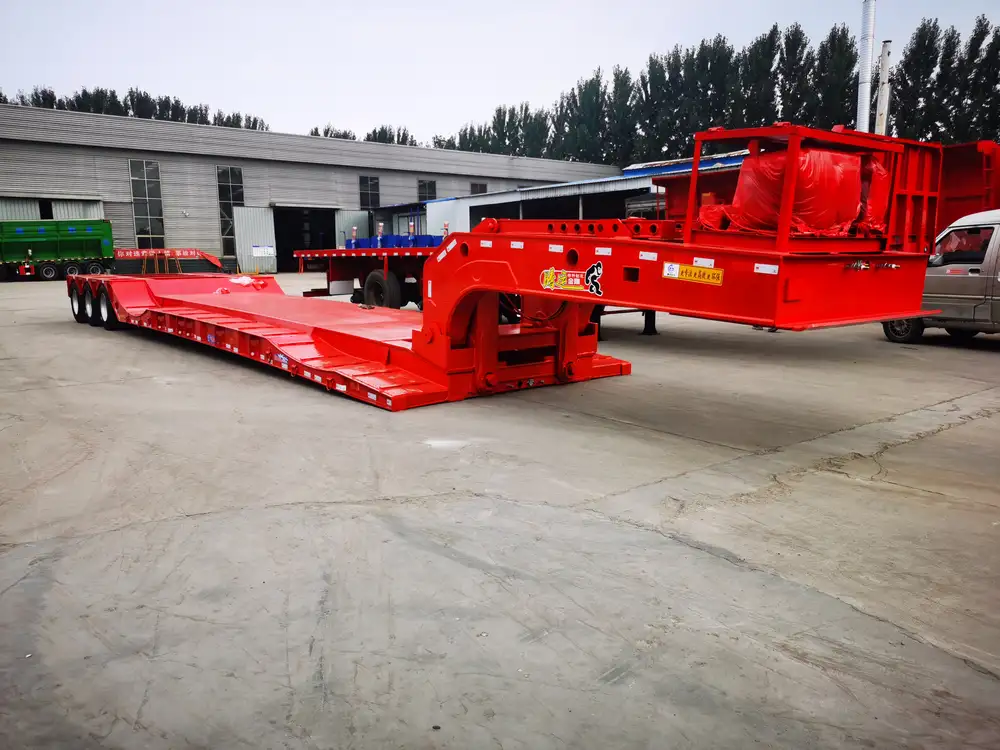
Detection Methods:
- Visual Inspection: Look for signs of moisture or frost around fittings.
- Soapy Water Test: Apply soapy water to joints and connections to identify leaking areas.
Corrosion
Corrosion can occur due to exposure to the elements, especially in regions with salted roads. The integrity of the air tank can weaken significantly, leading to potential failure.
Prevention Techniques:
- Protective Coatings: Regularly apply rust-resistant paint or coatings.
- Placement Considerations: Ensuring adequate clearance to avoid water pooling can also help.
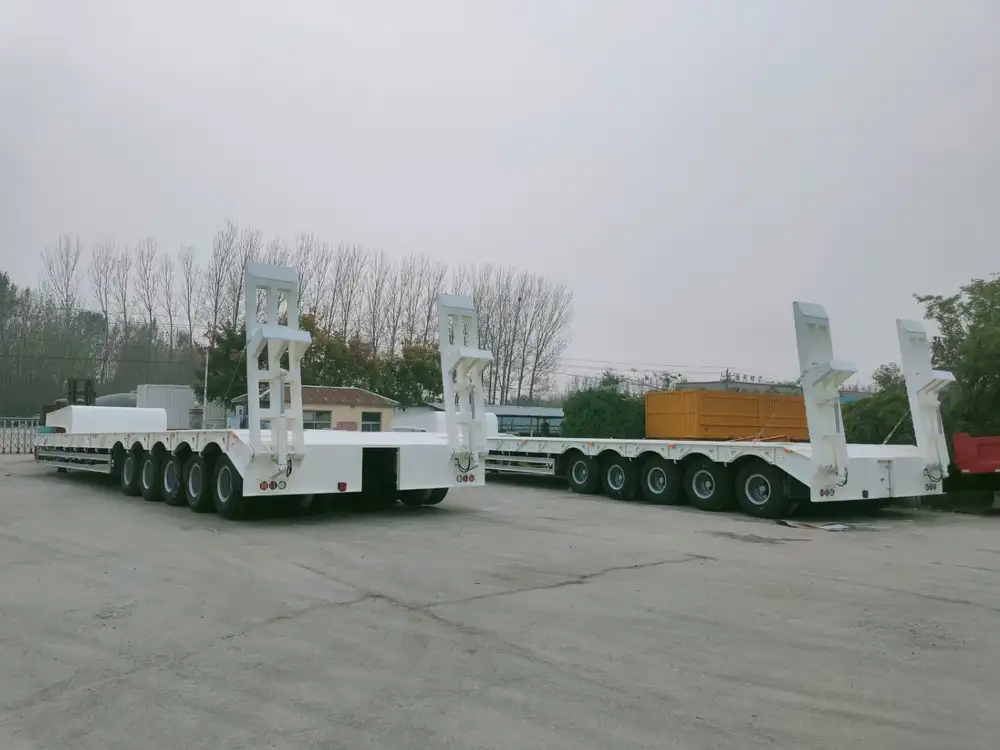
Pressure Loss
Constant fluctuations in pressure can indicate issues within the air system. This can stem from leaking seals, faulty valves, or issues with connected pneumatic systems.
Troubleshooting Steps:
- System Checks: Inspect all connections and seals meticulously.
- Pressure Tests: Use a gauge to measure air pressure and determine abnormalities.
Maintenance Tips for Semi-Trailer Air Tanks
Regular maintenance is key to ensuring the longevity and reliability of air tanks in semi-trailers. Here are some proactive measures:
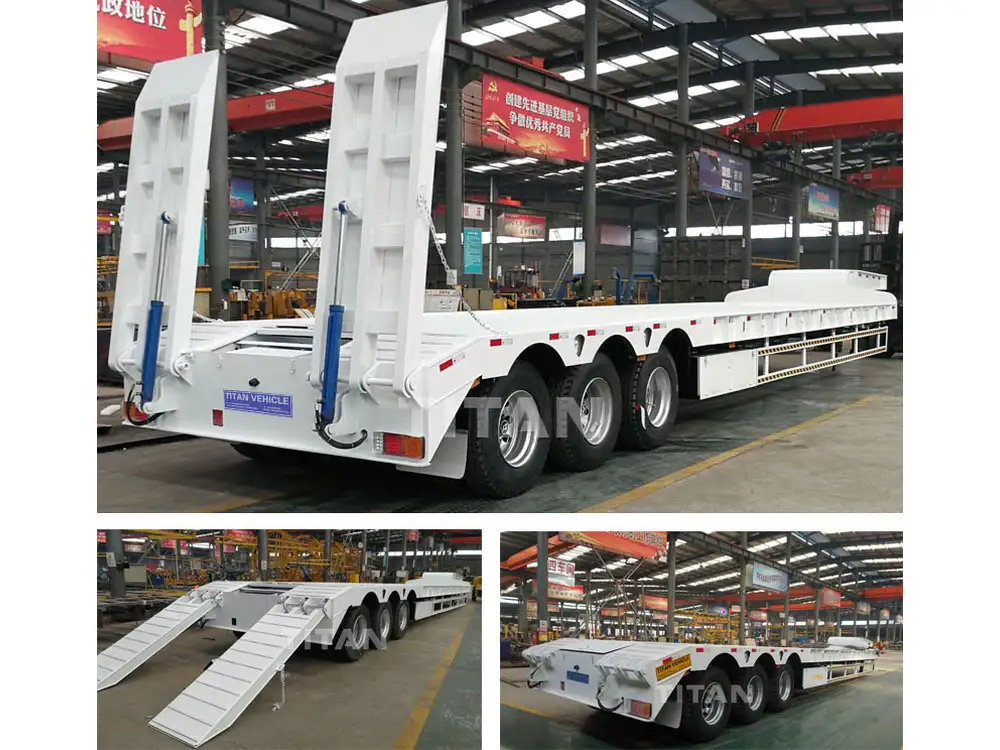
Regular Inspections
Perform visual and physical inspections of the air tank at regular intervals:
- Check for signs of leaks around hoses and fittings.
- Inspect for corrosion, especially in high-contact areas.
Cleaning Recommendations
Dirt and moisture accumulation can lead to corrosion, so maintaining cleanliness is important:
- Use a hose to rinse off the exterior and remove debris.
- Inspect and clean drain valves to prevent water accumulation.
Component Checks
Periodically ensure that associated components are functioning correctly:
- Examine the compressor for efficiency.
- Test the air lines for any weak spots or leaks.
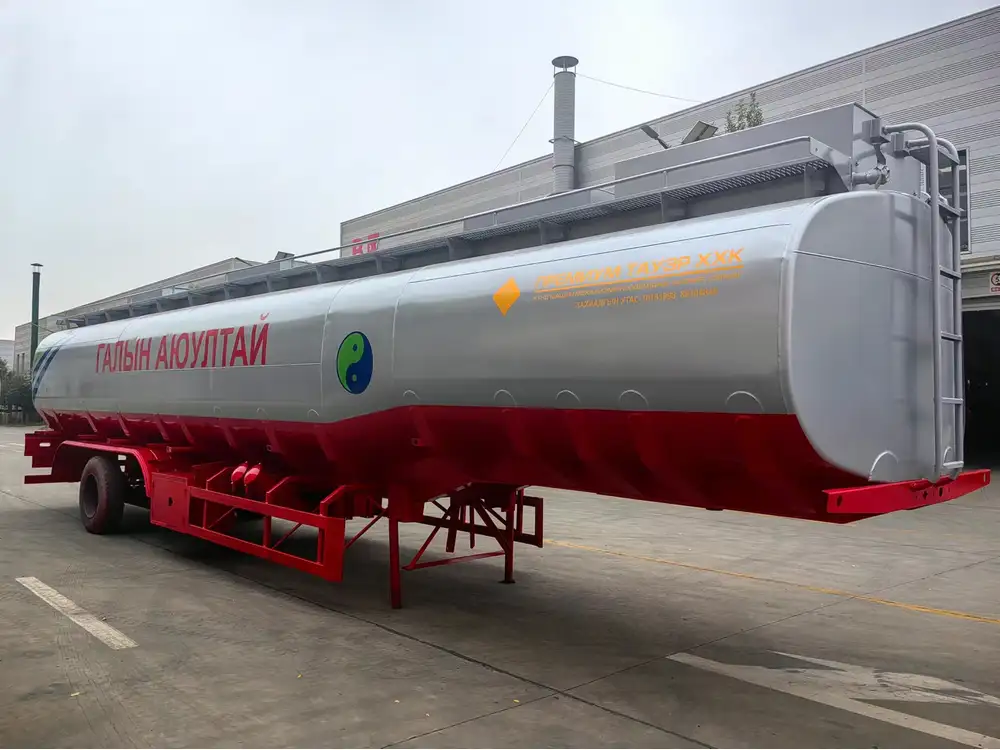
Replacing the Air Tank
When repairs are not feasible due to significant wear or damage, replacing the air tank becomes necessary. Here’s how the process generally unfolds:
- Identify the Right Replacement: Consult manufacturer specifications to select the correct tank type and size.
- Carefully Remove the Old Tank: Disconnect all air lines and fittings while observing necessary safety protocols.
- Install the New Tank: Follow the manufacturer’s instructions meticulously to ensure proper fitting and connection.
Conclusion
Understanding the placement, functionalities, and maintenance requirements of semi-trailer air tanks is essential for trucking professionals and fleet operators. Regular inspections and timely maintenance can vastly improve the durability and safety of the braking and suspension systems, ultimately enhancing the overall performance of the semi-trailer.
By prioritizing these elements, you not only ensure compliance with safety regulations but also promote a culture of diligence that can extend the lifespan of your equipment.
FAQs
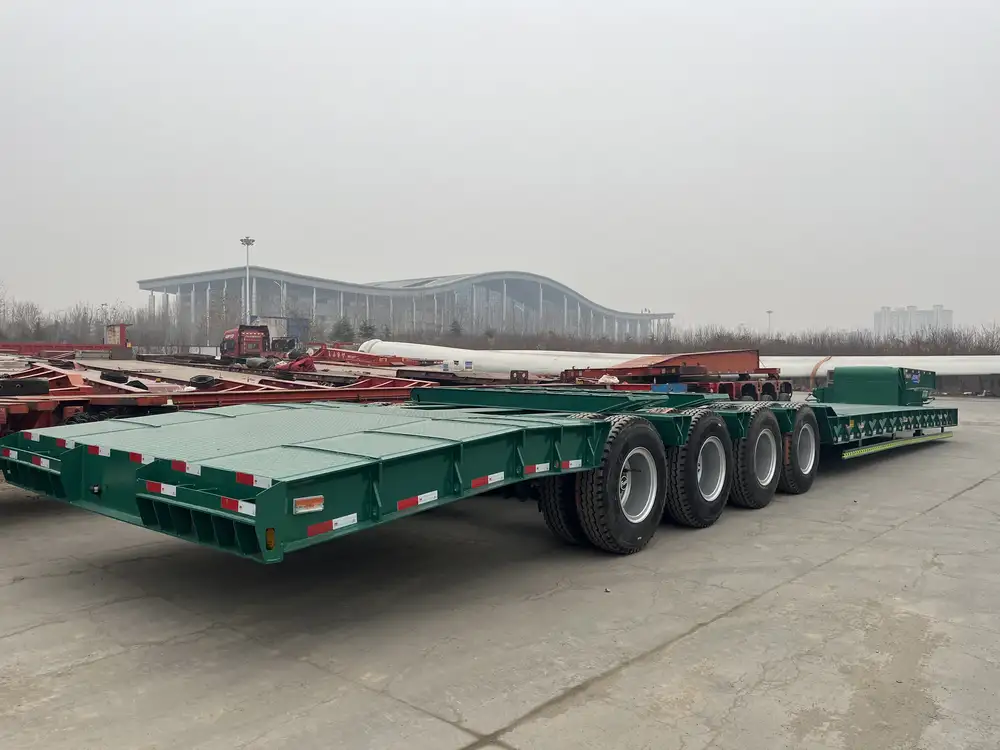
1. How often should I check the air tank in my semi-trailer?
Regular checks are recommended before long hauls and at least every month for routine maintenance.
2. Can I fix a leaking air tank myself?
Minor leaks can sometimes be fixed with sealant, but significant leaks or structural damage should be handled by a professional.
3. What should I do if the air tank pressure drops suddenly?
Immediately inspect for leaks and check the compressor. If the problem persists, seek professional assistance.
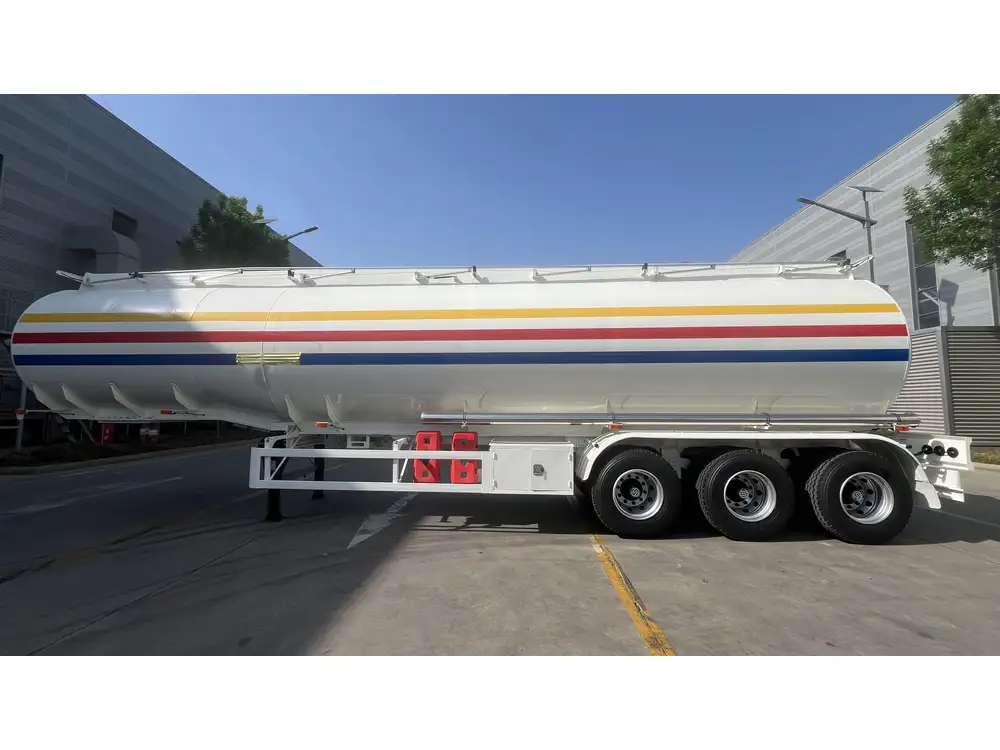
4. Are all semi-trailer air tanks the same?
No, air tanks can vary in size, shape, and material based on the specific requirements of the trailer and the load it carries.
5. How do I know if my air tank needs to be replaced?
Signs include excessive rust, large air leaks, and frequent pressure loss, which can indicate it is compromised.



